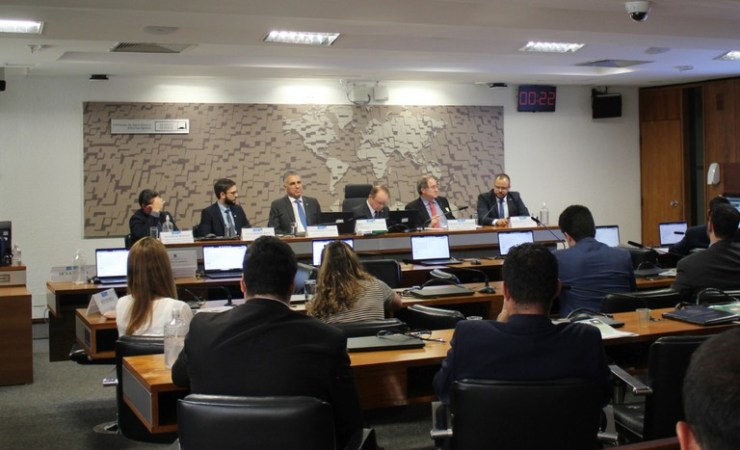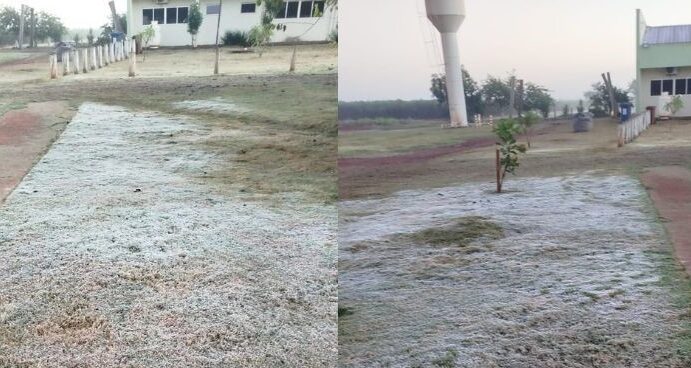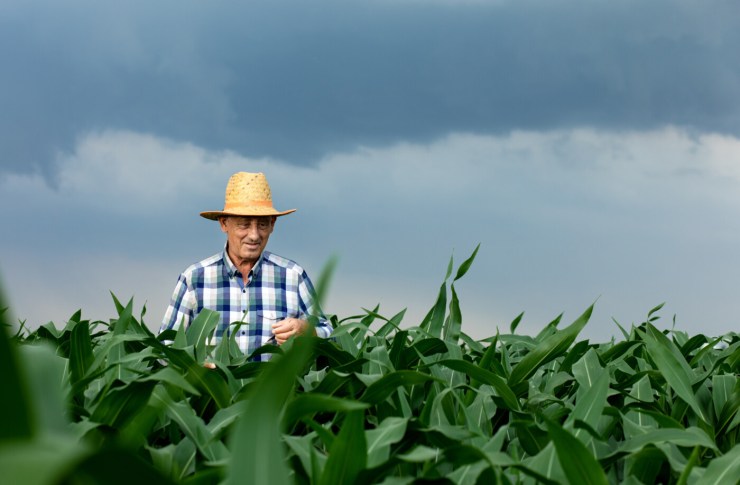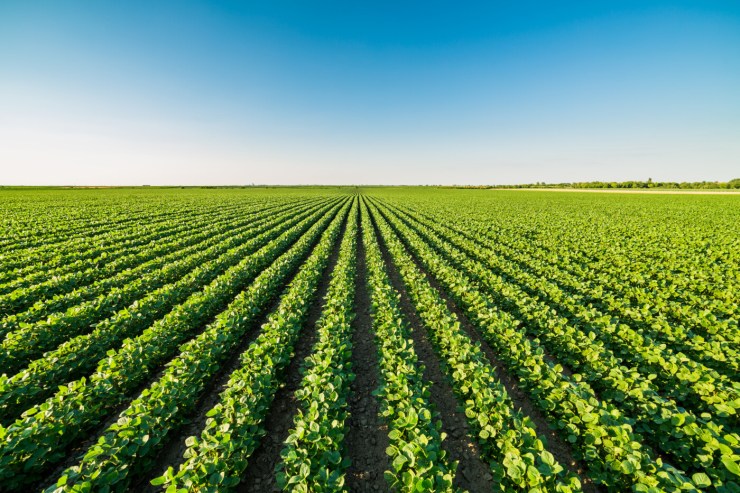July brought distinct scenarios for agriculture in Brazil and the United States. While Brazil experienced irregular rainfall that alternated between benefits and challenges for different crops, the US climate remained largely favorable, boosting expectations of record harvests.
In Brazil, the South received significant rainfall, ensuring good moisture for the advancement of winter crops. However, this condition delayed wheat planting in some areas and the harvest of second-season beans. In other regions, dry weather favored the maturation and harvest of second-season corn, especially in the Central-West and Southeast.

Photos: Rafael Althoff
Despite this, there were localized losses. Water shortages in southwestern Mato Grosso do Sul and central São Paulo affected wheat crops in the reproductive phase. In Rio Grande do Sul, the July frosts did not affect the grain, which is still in its early stages. In Paraná, on the other hand, more advanced crops may have been impacted in the western and northern regions. Cotton also faced setbacks: cold weather and rain delayed the harvest and raised concerns about lint quality in areas such as Maranhão and Bahia.
In the United States, the outlook was more positive. Corn showed exceptional growth, with projections indicating the largest harvest in American history. The reduced rainfall was offset by increased sunlight, a factor that favored pollination and sustained expectations of high productivity. Soybean crops followed a similar trajectory, with well-established crops and projections above the historical average. Cotton, despite episodes of heavy rainfall in early July, maintains favorable prospects for the season.





